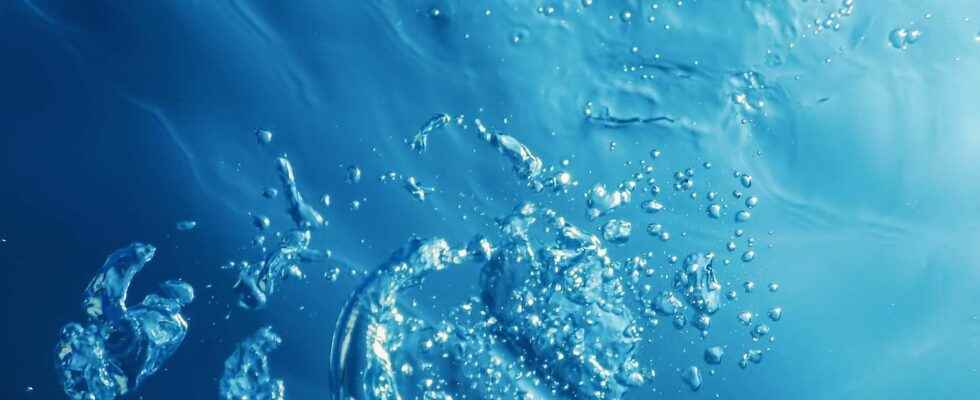In its early days, our Earth was poor in oxygen. And researchers are still wondering what caused our atmosphere to shift from this stable state to the equally stable one we know today. For the first time, a study now links the co-evolution of microbes and minerals to the event known to researchers as the Great Oxygenation.
You will also be interested
[EN VIDÉO] Kézako: photosynthesis, or how plants produce oxygen Humans and animals would be hard pressed to survive without the oxygen generated by plants. This gas is the result of a chemical reaction called photosynthesis, which takes place in the heart of these plants. Unisciel and the University of Lille 1 explain to us, during this episode of Kézako, how this reaction takes place.
Somewhere around 2.3 billion years ago, our Earth flipped, at what researchers call the Great Oxygenation event. Until then, there were practically nooxygen in the air. Even though some germs began to produce photosynthesis. And suddenly – on a geological scale, of course – the levels rose to reach those we know today. Our atmosphere went from a steady state of low oxygen to a steady state of much higher oxygen. Why ? How? ‘Or’ What ? It is one of the great mysteries of science.
“There was no gradual increase. This jump must be made by a feedback loop which caused a radical change in stability”comments Gregory Fournier, researcher at Massachusetts Institute of Technology (MIT, USA), in a communicated. With his colleagues and relying on mathematical and evolutionary analyses, he now offers an explanation. The researchers thus suggest that the Great Oxygenation is the result of interactions between marine microbes and minerals contained in the sediments. These interactions prevented oxygen consumption and triggered a self-amplifying process that allowed oxygen to accumulate in theair.
To understand, you have to know that in the ocean, microbes use oxygen to break down matter organic. By oxidation, so. And the researchers wondered if something, just before the Great Oxygenation, could have made some of that organic material unavailable to said microbes. This would have caused a drop in oxygen consumption.
Microbes and minerals may have set off Earth’s oxygenationhttps://t.co/nqiXMjlTjK
Scientists propose a new mechanism by which oxygen may have first built up in the atmosphere— SyntaxError (@DataAugmented) March 14, 2022
Partially consumed organic matter
The researchers thus built a mathematical model which predicts that if the microbes had the possibility of only partially consuming the organic matter, this partially oxidized organic matter – or POOM for partially-oxidized matter – chemically binds to minerals present in marine sediments. What then protect it from further oxidation. And allowing oxygen that could have been consumed to degrade this POOM to remain free and accumulate in our atmosphere.
It only remained to know if there existed then in the ocean germs which only partially oxidize organic matter. Researchers have identified some in the depths of today. In a group called SAR202. Their partial oxidation is the result of a enzyme which they call Baeyer-Villiger monooxygenase. And an analysis phylogenetic shows that the uncomfortable of this enzyme was already in living microbes before the Great Oxygenation event.
The researchers even show that the number of species that have acquired this gene increases significantly during periods when our atmosphere experiences oxygen peaks. What support their theory. But it will take further laboratory experiments and field investigations to confirm the link between the evolution of microbes and minerals and the oxygenation of our Earth.
Interested in what you just read?
